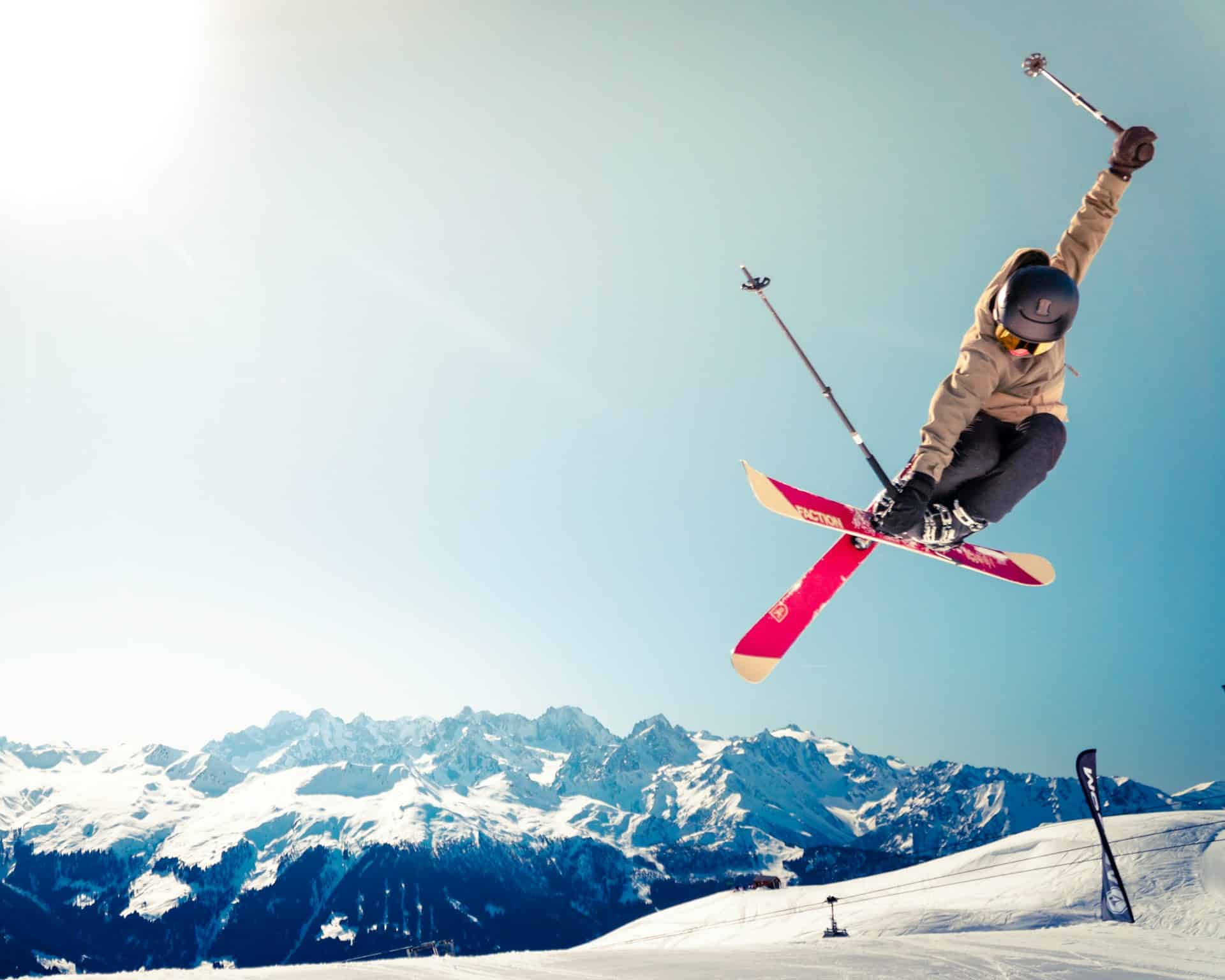How Can Portable Oxygen Analyzers Optimize Training Intensity for Cross-Country Skiers?

You’re probably wondering how you can improve your performance as a cross-country skier. You’ve tried different training regimens, studied your performance data meticulously, and consulted numerous exercise articles and research papers on PubMed and Google Scholar. But perhaps there’s something you haven’t tried yet: using a portable oxygen analyzer. By closely monitoring your oxygen consumption during training, you can effectively optimize your training intensity, increase your endurance, and ultimately become a more efficient athlete.
Understanding the Role of Oxygen in Athletic Performance
Before we dive into the details of how oxygen analytics can benefit your ski training, it’s essential to understand the vital role oxygen plays in athletes’ performance.
Dans le meme genre : What Are the Best Strategies for Cognitive Fatigue Management in Endurance Motorsport Athletes?
Oxygen is an essential component of energy production in the body, primarily through the process of aerobic respiration. During exercise, your body’s demand for oxygen increases significantly. This demand is met by your cardiovascular and respiratory systems, which work together to deliver oxygen-rich blood to your working muscles.
There’s a reason endurance athletes, like cross-country skiers, often train at high altitudes. At these elevations, oxygen is less available, forcing the body to improve its oxygen usage efficiency. This phenomenon is known as hypoxic training, which can lead to performance improvements when the athlete competes at lower altitudes.
A lire en complément : What’s the Effect of Nasal Breathing Techniques on Oxygen Saturation in Distance Runners?
Indeed, athletes often undergo a series of tests to measure their VO2 max, or maximum oxygen consumption, as this is a reliable indicator of their endurance level. But this is where portable oxygen analyzers come in.
The Power of Portable Oxygen Analyzers
Portable oxygen analyzers are compact devices that measure the oxygen concentration in the surrounding air. In the context of athletic training, these devices are used to measure the oxygen content in an athlete’s breath during different stages of exercise, providing real-time data about the athlete’s physiological response to various training intensities.
One of these analyzers, the INSCYD test, is particularly popular for endurance athletes. INSCYD is a performance analysis software that combines physiological metrics and analytics to provide a comprehensive overview of an athlete’s performance capacity.
The INSCYD test gives the athletes an opportunity to understand their bodies in depth. It tells them how much fat and carbohydrates their bodies are burning during exercise, how their power output is influenced by lactate production, and importantly, their aerobic and anaerobic thresholds. Such data helps athletes train more efficiently and improve their performance.
Applying Oxygen Data to Cross-Country Ski Training
Now, let’s look at how this technology applies to cross-country skiing. This sport is characterized by periods of intense effort followed by recovery phases, all performed in a potentially hypoxic environment if skiing at high altitudes.
By using portable oxygen analyzers during training sessions, skiers can get instant data on their oxygen consumption at different stages of the exercise. This information can inform the intensity at which they should train to maximize their endurance and performance.
For instance, during a period of intense effort in training, a skier may notice that their oxygen consumption is reaching near their VO2 max, indicating they are working close to their aerobic limit. This data can inform them to adjust their pacing strategy, to ensure they do not burn out too soon during a race.
On the other hand, during a recovery phase, the skier might notice their oxygen consumption drop significantly, indicating efficient recovery. Over time, by training at specific intensities based on their oxygen data, skiers can improve their recovery efficiency, allowing them to maintain a higher overall pace during a race.
The Validation of Oxygen Analytics in Performance Studies
Several studies have validated the effectiveness of using oxygen consumption data to enhance athletic performance. One such study published on Crossref analyzed the performance of elite cyclists using a portable oxygen analyzer. The study found that the cyclists who trained based on their oxygen consumption data significantly improved their time trial performances.
Another study, available on PubMed, examined the impact of oxygen consumption data on training in high-altitude athletes. It found that those who used oxygen data to guide their training showed improvements in their VO2 max and overall endurance.
So, when you’re pushing your limits on the snowy trails, remember that the power to optimize your training intensity could be right in your hand. Portable oxygen analyzers are making it possible to bring science to the ski trails, offering a new way to understand and improve your athletic performance. The future of cross-country ski training is here, and it’s breathing new life into the world of endurance sports.
The Role of Oxygen Analyzers in Resistance Training and Recovery
Resistance training is another crucial aspect of a cross-country skier’s training regimen. It aids in building strength, particularly in the upper body, which is vital for techniques like double poling. Hence, understanding how oxygen consumption impacts resistance training could be a game-changer for skiers.
By using a portable oxygen analyzer during resistance training sessions, skiers can measure their oxygen consumption in real-time. This enables them to monitor their metabolic responses to different exercises and exercise intensities. According to a research paper on Google Scholar, optimizing oxygen uptake during resistance training can assist in enhancing muscular strength and endurance.
Beyond training, recovery is yet another aspect where oxygen data can be incredibly useful. For instance, monitoring oxygen consumption during cool-down sessions can offer insights into how efficiently an athlete’s body is recovering. A study available on PubMed Crossref showed that athletes who tracked their oxygen consumption during recovery better managed their rest periods, leading to improved performance in subsequent training sessions.
In essence, portable oxygen analyzers can augment both resistance training and recovery processes for cross-country skiers. They provide an objective, data-driven way to track and adjust training intensity, optimize recovery, and ultimately, improve overall performance.
Conclusion: Oxygen Analyzers – A New Era in Cross-Country Ski Training
In a sport as demanding as cross-country skiing, every bit of training optimization can make a considerable difference. In recent years, the importance of understanding and manipulating oxygen consumption for performance enhancement has come into focus. The use of portable oxygen analyzers has emerged as a significant advancement in this respect.
These devices, compact yet powerful, are transforming how athletes train. They offer real-time oxygen consumption data, allowing athletes to instantly know how their body is responding to different training intensities. Whether it’s high-intensity endurance training, resistance training for upper body strength, or recovery after a taxing roller ski session, oxygen analyzers can provide invaluable insights.
Research papers on Google Scholar, Crossref, and PubMed have highlighted the effectiveness of using these devices. From improved time trial performances in cyclists to enhanced VO2 max in high-altitude athletes, the evidence is clear: training based on oxygen consumption data can lead to significant performance improvements.
The advent of portable oxygen analyzers is truly breathing new life into endurance sports, including cross-country skiing. As we set our sights on the future, it’s clear that these devices will continue to play a pivotal role in optimizing training intensity and overall performance. So, as you aim for new heights in your skiing journey, remember: the key might just be in understanding your oxygen.
